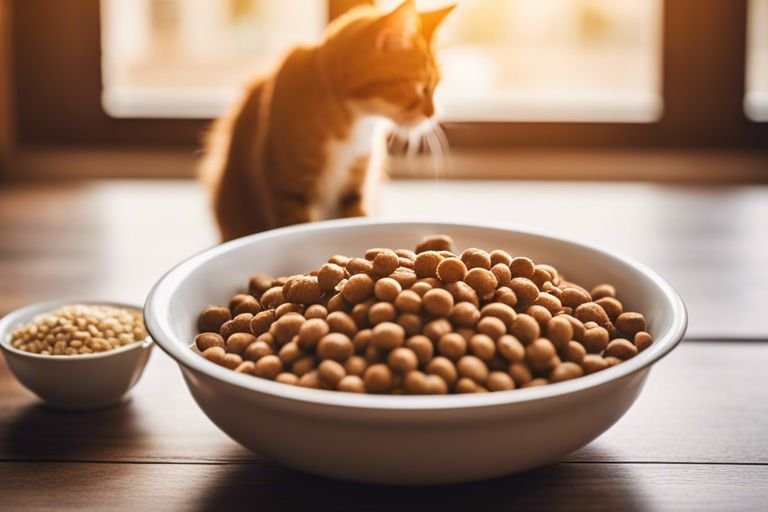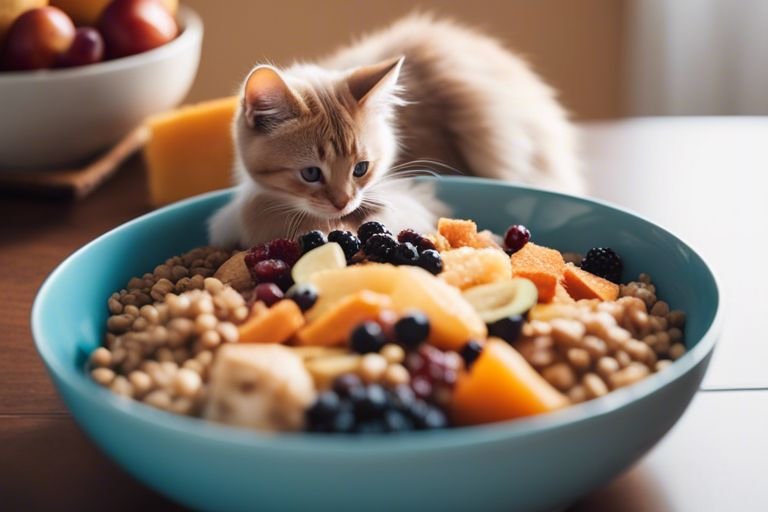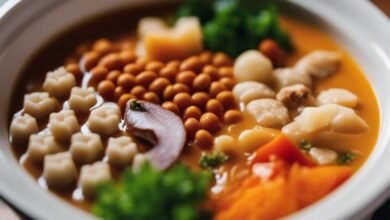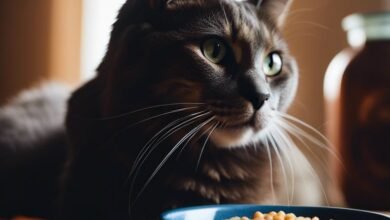Understanding The Role Of High Fiber Cat Food In Your Cat’s Digestive System
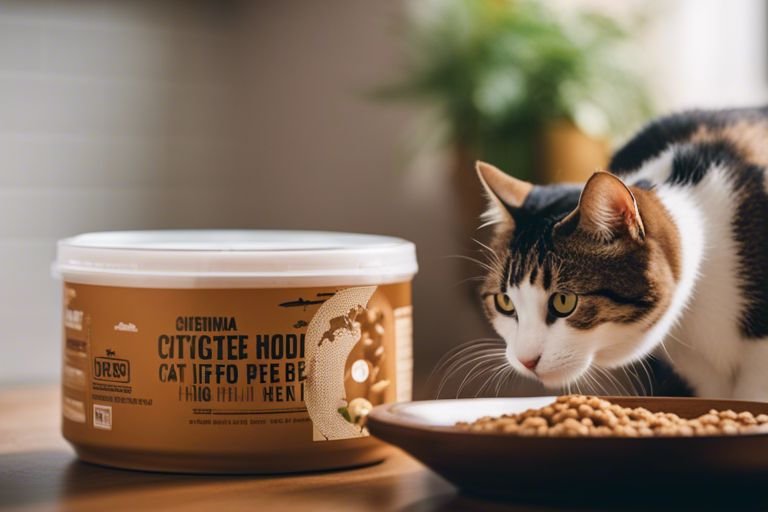
Digestion in cats is a complex process that relies heavily on the types of nutrients they consume, including fiber. High Fiber Cat Food plays a crucial role in your feline friend’s digestive system, aiding in proper bowel movements, preventing constipation, and promoting overall gut health. Understanding the importance of fiber in your cat’s diet can help you make informed decisions when selecting their food and ensuring they maintain optimal digestive function. Let’s investigate into the world of fiber and how it impacts your cat’s digestive well-being.
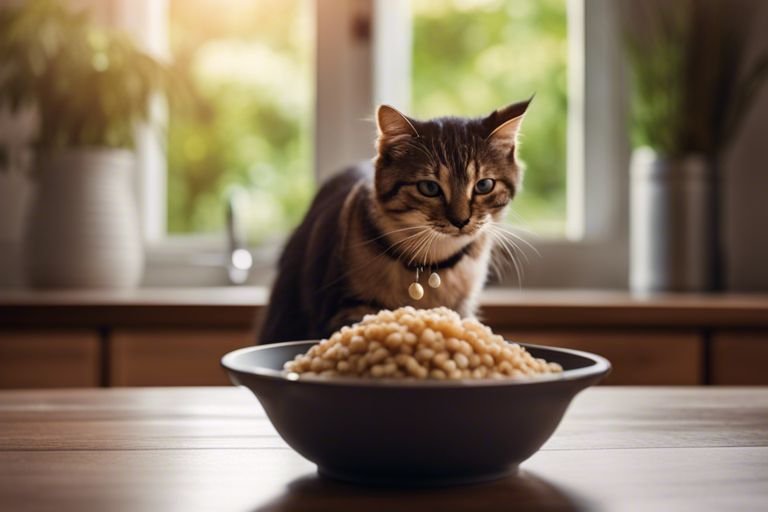
Types of Dietary Fiber
The High Fiber Cat Food is crucial for your cat’s digestive health. There are two main types of dietary fiber: soluble fiber and insoluble fiber. Soluble fiber dissolves in water and forms a gel-like substance in the digestive tract, which helps slow down the absorption of nutrients and regulates blood sugar levels. Insoluble fiber, on the other hand, does not dissolve in water and adds bulk to the stool, promoting regular bowel movements. Both types of fiber play a vital role in maintaining a healthy digestive system for your feline friend.
Soluble Fiber
Any cat owner looking to improve their pet’s digestive health should consider incorporating more soluble fiber into their diet. This type of fiber can be found in foods like oats, barley, and fruits. Soluble fiber helps in regulating blood sugar levels and can aid in weight management for cats prone to obesity.
Insoluble Fiber
One necessary aspect of a cat’s diet is insoluble fiber, which can be found in foods like wheat bran and vegetables. This type of fiber adds bulk to the stool, promoting regular bowel movements and preventing constipation. Insoluble fiber also helps in maintaining a healthy gut by supporting the growth of beneficial bacteria in the colon.
After analyzing the types of dietary fiber, it is clear that a balanced combination of both soluble and insoluble fiber is necessary for your cat’s digestive health.
Benefits of High Fiber Cat Food
Digestive Regularity and Constipation Prevention
There’s no denying the importance of high fiber cat food in promoting healthy digestion for your feline friend. Fiber acts as a bulking agent in the digestive system, helping to regulate bowel movements and prevent constipation. By incorporating fiber into your cat’s diet, you can ensure that their digestive system is functioning optimally, leading to a happier and healthier pet.
Weight Management and Satiety
High Fiber Cat Food plays a crucial role in weight management and promoting a feeling of fullness or satiety in your cat. By adding fiber to your cat’s diet, you can help them feel satisfied with their meals while also reducing the overall calorie intake. This is especially beneficial for overweight cats or those prone to overeating, as fiber can help control their appetite and prevent excessive weight gain.
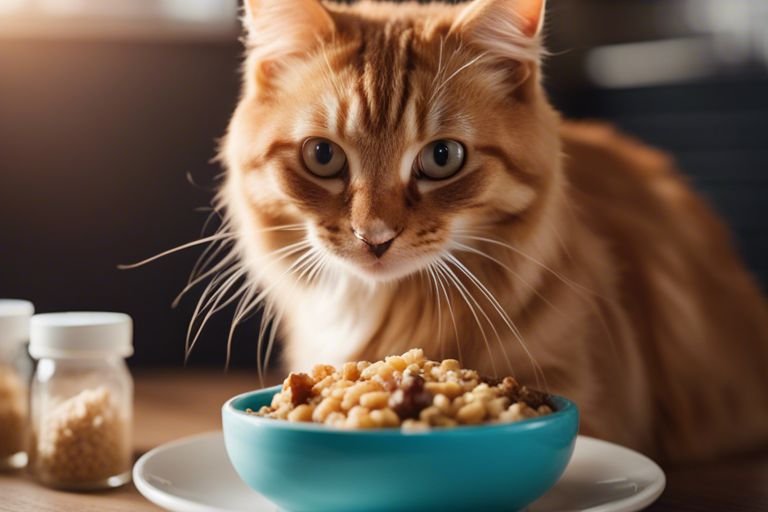
The Right Balance of High Fiber Cat Food
How Much Fiber is Enough for Your Cat
For optimal digestive health in cats, finding the right balance of fiber is crucial. Fiber helps regulate bowel movements, prevent constipation, and maintain a healthy weight. The ideal amount of fiber for your cat can vary depending on their age, size, and overall health. Consult with your veterinarian to determine the appropriate amount of fiber for your cat’s specific needs.
Signs of Excessive Fiber
Fiber is imperative for your cat’s digestive system, but too much of it can lead to issues. Signs of excessive fiber in your cat’s diet may include diarrhea, excessive gas, and bloating. If you notice any of these signs, it’s imperative to revisit your cat’s diet and adjust the fiber content accordingly.
Your veterinarian can help you determine the right balance of fiber for your cat based on their individual needs. Monitoring your cat’s digestive health and being aware of signs of excessive fiber can help ensure they maintain optimal wellness and digestive function.
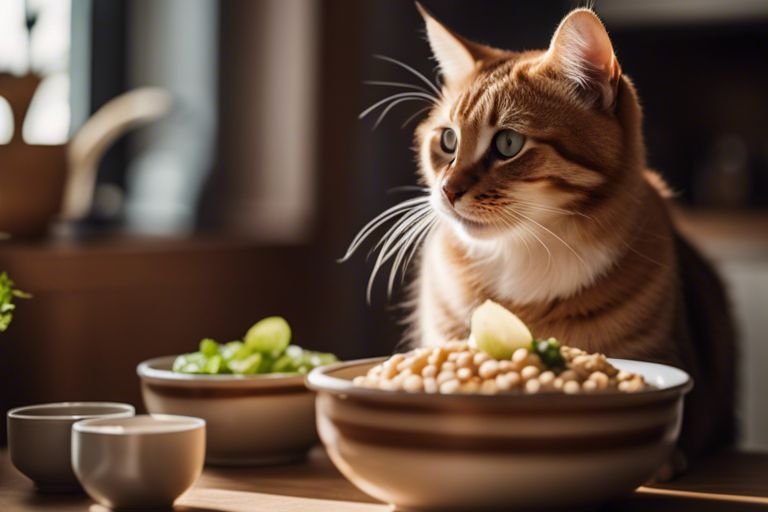
Fiber Sources and Cat Food
Natural Sources of Fiber for Cats
High Fiber Cat Food plays a crucial role in your cat’s digestive system, aiding in digestion and keeping their gastrointestinal tract healthy. Natural sources of fiber for cats include ingredients such as pumpkin, sweet potatoes, and peas. These ingredients not only provide crucial nutrients but also promote digestive regularity and prevent constipation in your feline friend.
Analyzing Commercial Cat Foods for Fiber Content
With the wide variety of commercial cat foods available, it is crucial to analyze the high fiber cat food content to ensure your cat’s nutritional needs are met. Look for cat foods that contain high-quality fiber sources such as beet pulp, cellulose, and chicory root. Adequate fiber content in your cat’s diet helps maintain optimal digestive health and supports overall well-being.
Final Words
Conclusively, understanding the role of fiber in your cat’s digestive system is crucial for their overall health and well-being. High Fiber Cat Food plays a key role in maintaining proper digestion, regulating bowel movements, and preventing common digestive issues. By incorporating the right amount of fiber into your cat’s diet, you can ensure that their digestive system functions optimally. It is important to consult with your veterinarian to determine the best diet plan for your feline friend, based on their individual needs and health conditions. Keep in mind, a healthy digestive system is the foundation of a happy and thriving cat.
FAQ
Q: Why is fiber important in a cat's digestive system?
A: Fiber plays a crucial role in a cat’s digestive system by promoting healthy digestion, regulating bowel movements, and preventing gastrointestinal issues.
Q: What are the different types of fiber that benefit a cat's digestive health?
A: There are two main types of fiber – soluble and insoluble. Soluble fiber helps regulate blood sugar levels and cholesterol, while insoluble fiber adds bulk to the stool and supports regular bowel movements.
Q: How much fiber should be included in a cat's diet?
A: The ideal amount of fiber in a cat’s diet ranges from 1-10%, with the specific amount depending on the cat’s age, activity level, and any existing digestive issues.
Q: What are good sources of fiber for cats?
A: Some excellent sources of fiber for cats include pumpkin, sweet potatoes, peas, and oats. These ingredients are not only rich in fiber but also provide crucial nutrients for overall health.
Q: What are the signs of a fiber deficiency or excess in a cat's diet?
A: Signs of a fiber deficiency include constipation, diarrhea, or irregular bowel movements. On the other hand, excess fiber can lead to gastrointestinal discomfort, gas, and bloating. It’s important to consult a veterinarian to determine the appropriate fiber levels for your cat.

